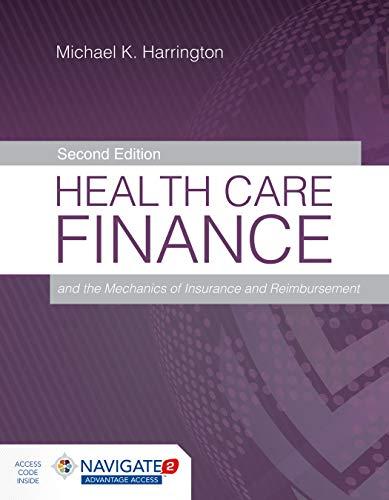chapter 8

Excel Activity: Evaluating Risk and Return Bartman Industries's and Reynolds Inc.'s stock prices and dividends, along with the Winslow 5000 Index, are shown here for the period 2015-2020. The Winslow 5000 data are adjusted to include dividends. The data has been collected in the Microsoft Excel file below. Download the spreadsheet and perform the required analysis to answer the questions below. Do not round intermediate calculations. Use a minus sign to enter negative values, if any. Evaluating Risk and Return a. Calculating the annual rates of return for Bartman, Reynolds, and the Winslow 5000 Index \begin{tabular}{|c|r|r|r|} \hline Year & Bartman & Reynolds & Winslow \\ \hline 2020 & & \\ \hline 2019 & & \\ \hline 2018 & & \\ \hline 2017 & & \\ \hline 2016 & & \\ \hline & & \\ \hline Calculating each entity's average return over the 5-year period & Bartman & Reynolds & \\ \hline & & \\ \hline \end{tabular} b. Calculating the standard deviations of the returns for Bartman, Reynolds, and the Wiinslow 5000 \begin{tabular}{|c|c|c|c|} \hline & Bartman & Reynolds & Winslow \\ \hline Standard deviation & & & \\ \hline \end{tabular} c. Calculating the coefficients of variation for Bartman, Reynolds, and the Wiinsiow 5000 \begin{tabular}{|c|c|c|c|} \hline & Bartman & Reynolds & Winslow \\ \hline \multicolumn{4}{|c|}{ Coefficient of variation } \\ \hline \multicolumn{4}{|c|}{ d. Calculating the Sharpe ratios for Bartman, Reynolds, and the Index using their average returns } \\ \hline \multirow[t]{2}{*}{ Risk-tree rate } & 3.00% & & \\ \hline & Bartman & Reynolds & Winslow \\ \hline Sharpe ratio. & & & \\ \hline \end{tabular} e. Constructing a scatter diagram that shows Bartman's and Reynolds's returns on the vertical axis and the Winslow 5000 Index's returns on the horizontal axis a. Use the data to calculate annual rates of return for Bartman, Reynolds, and the Winslow 5000 Index. Then calculate each entity's average return over the 5-year period. (Hint: Remember, returns are calculated by subtracting the beginning price from the ending price to get the capital gain or loss, adding the dividend to the capital gain or loss, and dividing the result by the beginning price. Assume that dividends are already included in the index. Also, you cannot calculate the rate of return for 2015 because you do not have 2014 data.) Round your answers to two decimal places. Calculate the standard deviations of the returns for Bartman, Reynolds, and the Winslow 5000. (Hint: Use the sample standard deviation formula, which corresponds to the STDEV.S function in Excel.) Round your answers to two decimal places. Calculate the coefficients of variation for Bartman, Reynolds, and the Winslow 5000. Round your answers to two decimal places. c. Calculate the coefficients of variation for Bartman, Reynolds, and the Winslow 5000. Round your answers to two decimal places. d. Assume the risk-free rate during this time was 3%. Calculate the Sharpe ratios for Bartman, Reynolds, and the Index over this period using their average returns. Round your answers to four decimal places. e. Construct a scatter diagram that shows Bartman's and Reynolds's returns on the vertical axis and the Winslow 5000 Index's returns on the horizontal axis. Choose the correct graph. The correct graph is f. Estimate Bartman's and Reynolds's betas by running regressions of their returns against the index's returns. Round your answers to four decimal places. Bartman's beta: Reynolds's beta: Are these betas consistent with your graph? These betas consistent with the scatter diagrams. 9. Assume that the risk-free rate on long-term Treasury bonds is 4.5%. Assume also that the average annual return on the Winslow 5000 is not a good estimate of the market's required return -it is too high. So use 10% as the expected return on the market. Use the SML equation to calculate the two companies' required returns. Round your answers to two decimal places. Bartman's required return: % Reynolds's required return: % h. If you formed a portfolio that consisted of 50% Bartman and 50% Reynolds, what would the portfolio's beta and required return be? Round your answer for the portfolio's beta to four decimal places and for the portfolio's required return to two decimal places. Portfolio's beta: Portfolio's required return: %













